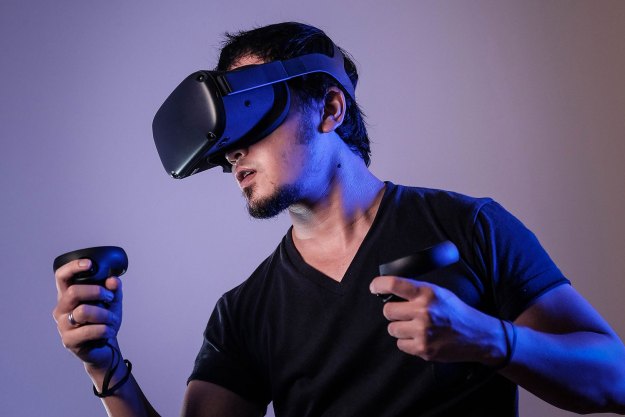
Today, many autonomous driving systems use rather rigid information systems, like maps, and leverage sensors to detect real-time information on conditions that change on a daily basis (like the weather). This, it is said, is meant to reduce the amount of computing power needed to operate one of these self-driving machines.
Apple thinks it has a more elegant solution. In the patent application, the company suggests a new system capable of navigating a car “independently of any data received from any devices external to the vehicle, and any navigation data stored locally to the vehicle prior to any monitoring of navigation.” Apparently, all this will be made possible by what CNBC describes as a “computerized model for predicting routes using sensors and processors in the vehicle.”
The existence of a patent for an idea doesn’t mean it will come to life, of course. And even if it does, it could be years in the making. But all the same, given how little information we have in general about Apple’s plans (Tim Cook last mentioned “Apple’s self-driving car project” in June), even the hint of what may be is enticing. Moreover, given the level of detail in the filing, it appears possibile that Project Titan (the code name for the Apple Car) is inching closer to a real debut.
Apple has not responded to a request for comment, and given the company’s general modus operandi when it comes to top secret projects, it’s unlikely we’ll be hearing much more straight from the horse’s mouth.
Editors' Recommendations
- Some on Apple’s failed car project reportedly had a cruel name for it
- Cruise autonomous vehicle drives over woman just after she was hit by another car
- Is Tesla Full Self-Driving worth it?
- Tesla hopes full self-driving beta will be out globally by the end of 2022
- Ex-Apple employee pleads guilty to nabbing Apple Car secrets


